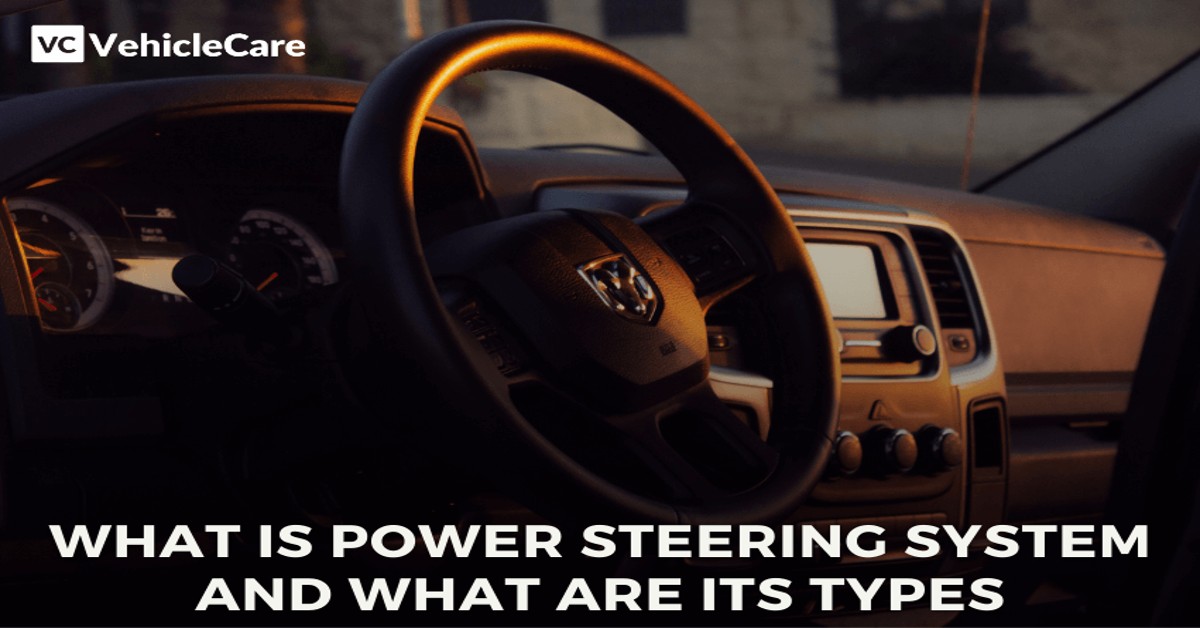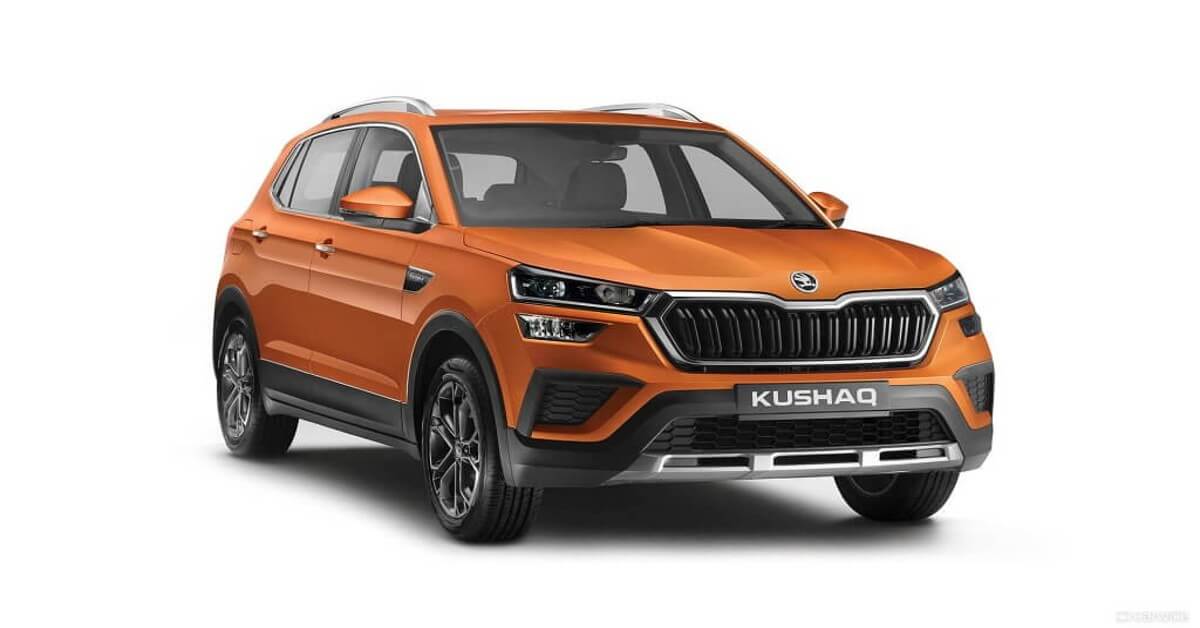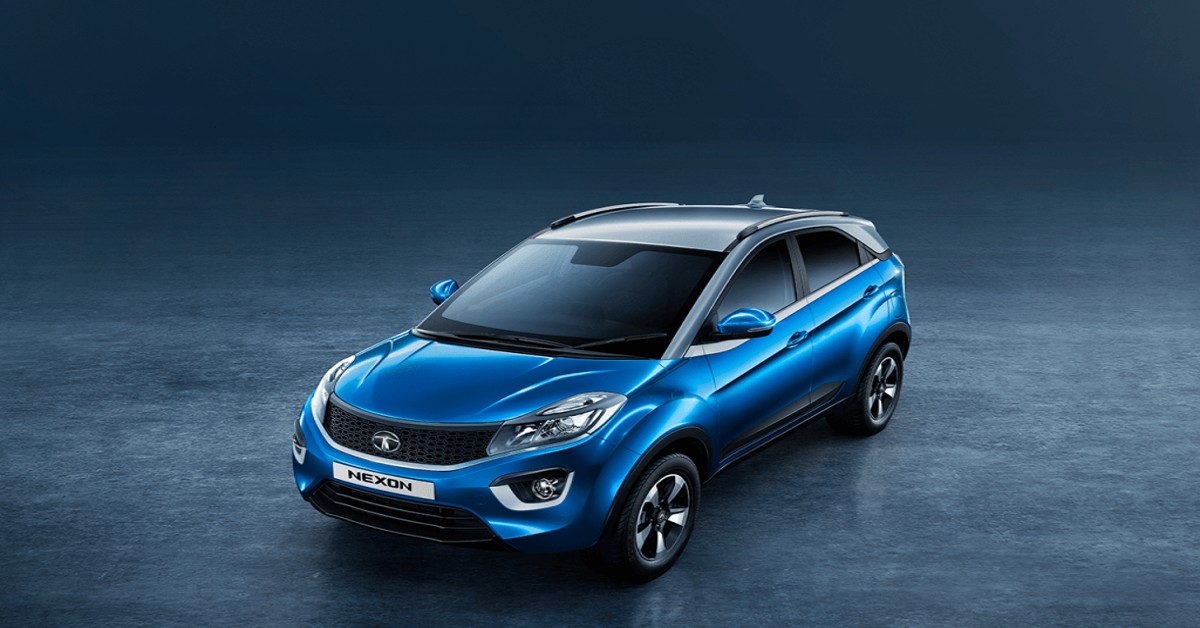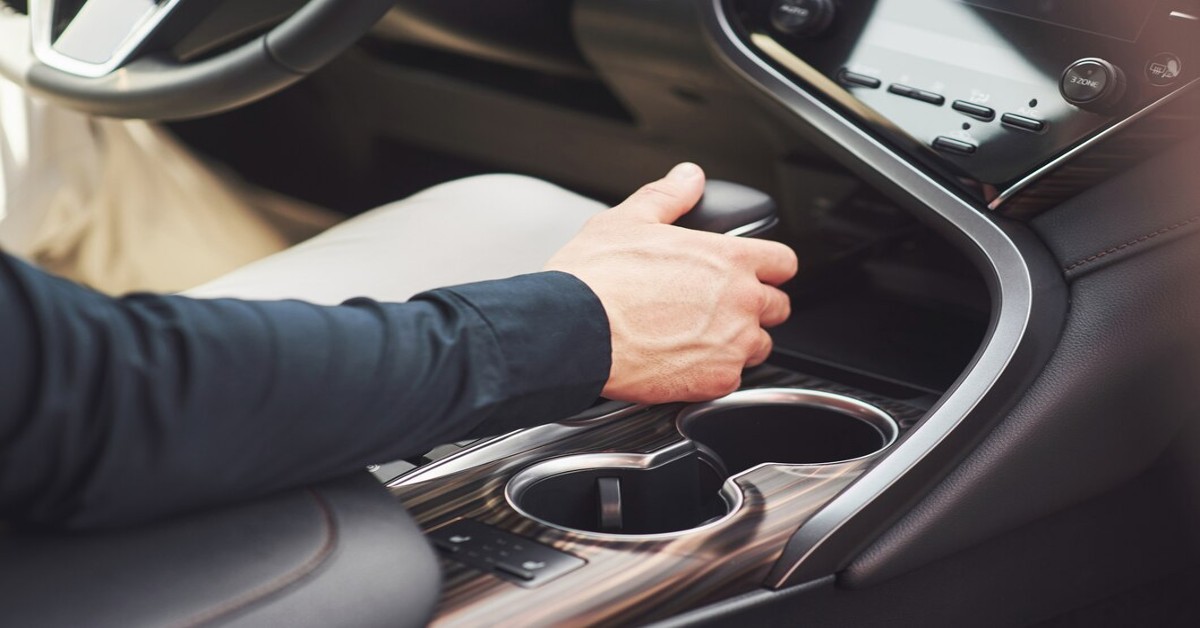Car is a basic necessity of everyday life. But have you ever wondered how does your power steering work? Power steering has made our effort relatively less. Are you curious to know the mechanism behind this magical wheel? If yes, then this is the right place to fill your brain with all the answers, you were curious to know about.
Basically, a steering system has a wheel-like exterior that converts the rotational motion of the steering into linear motion of the vehicle by guiding the wheels. The conventional steering system requires a lot of effort for rotation. This is because the conventional method did not make use of the hydraulic systems. As it is always said that technology reduces the work of its master, the new models of cars have taken to a power steering. The power steering system aids the steering of a vehicle with the use of hydraulic devices, that amplify the torque, applied by the driver thus making the work easier by putting in less effort to rotate the steering in the applied direction. When the steering wheel is rotated, it activates the valve to direct the oil, pressurized by a pump, to act on a piston.
A power steering system has three main types:
- Hydraulic Power Steering
- Electric Power Steering
- Hybrid Power Steering
Hydraulic Power Steering
The year, 1926, marked the start of an era when the hydraulic system was successfully embedded in the steerings of automobiles, which gave rise to hydraulic power steering. Hydraulic Power Steering system consists of a few additional parts as compared to the normal steering system which provides extra power. It consists of:
- Hydraulic Fluid
- Hydraulic Chamber
- Steering Pump
- Rotary Valve
- Steering Fluid Reservoir
In this system, a hydraulic piston is attached to the steering gear, which uses the pressurized fluid to provide assistance while turning the wheel. The amount of assistance provided by the fluid depends on the speed of the vehicle. Due to the advancement of technology, the hydraulic power steering system is now been replaced by electric power steering.
Electric Power Steering
The Electric Power Steering (EPS) is a more refined version of hydraulic power steering. This system deletes the functionality of the piston and the pump altogether. The piston and the pump system are replaced by an independent motor and a torque sensor is mounted to the gear or steering wheel. This torque sensor monitors the force that is applied to the wheel and helps the driver in putting less effort as compared to the conventional steering system. Electric Power Steering has an upper hand when compared to Hydraulic Power systems. This is mainly due to the fact that less energy is drawn from the engine, which results in better fuel economy, as well as lesser moving parts and the lightweight of the entire system.
Hybrid Power Steering
The Hybrid Power Steering System is well-known as Electro-Hydraulic Steering. As the name suggests this system is a combination of hydraulic and electric power steering systems. This system uses electricity to create pressure as an alternative for drawing power from the engine. The EPHS along with Column Drive electric assist unit helps in replacing the conventional engine-driven pump. The Column Drive provides the steering feel tuning. This system has the following benefits in comparison with other power steering systems:
- Crosswind compensation
- Efficient on-center handling
- Increased returnability
- Speed-proportional assist
Nowadays, the new car models are equipped with a power steering system. Till now you must have figured out what’s the reason behind choosing a power steering system over the conventional steering systems. A power steering system has a quick and more efficient response as compared to a manual steering system. The system prevents the wheel from transferring the loading to the steering column. It also reduces the fatigue of the driver while driving. It helps in reducing the input torque. The output of the wheel is directly proportional to the steering speed.
Like the two faces of a coin, everything has its disadvantages as well. The main disadvantage of a power steering system is the fluid leakage problem. Likewise, the mechanism of a power steering system is complicated and more costly than the manual steering system. Does that mean you should buy a manual steering car? Yes, because the manual steering also works the same but soon you might regret pain in the arm or not going to the gym in the long run.
So did you make a choice to buy a power steering car after reading the benefits of a power steering vehicle? Now, are you confused about which is the best power steering car you should buy? Don’t worry, we have made your work easier by listing down the top 5 power steering cars that can be bought in 2022:
- Tata Punch
- Toyota Fortuner
- Mahindra Thar
- Maruti Baleno
- Mahindra XUV700
Go get your dreamers right away, right now. Drive safe!




